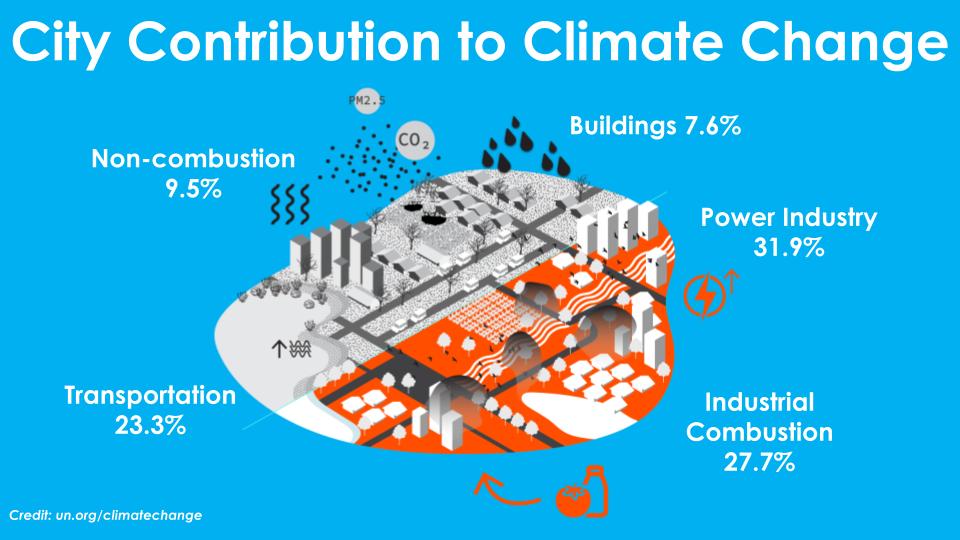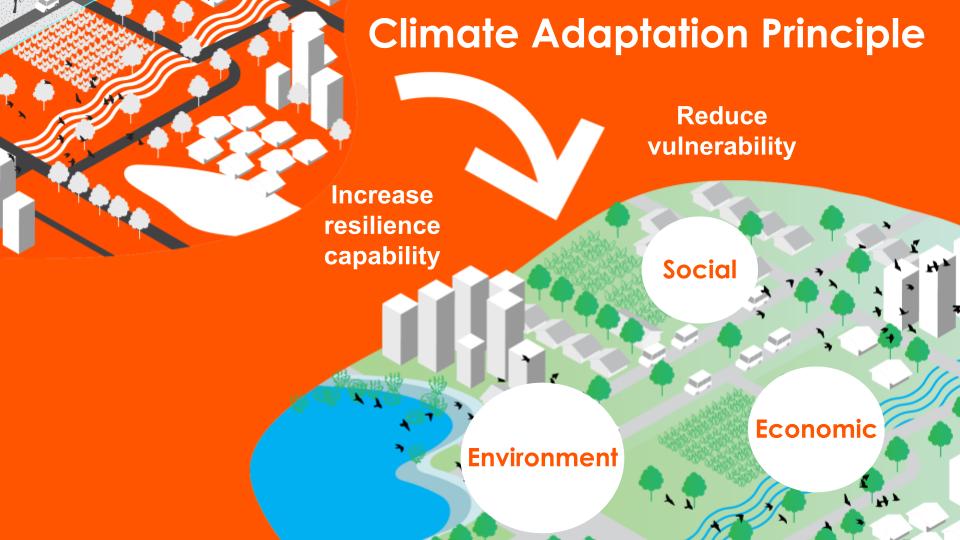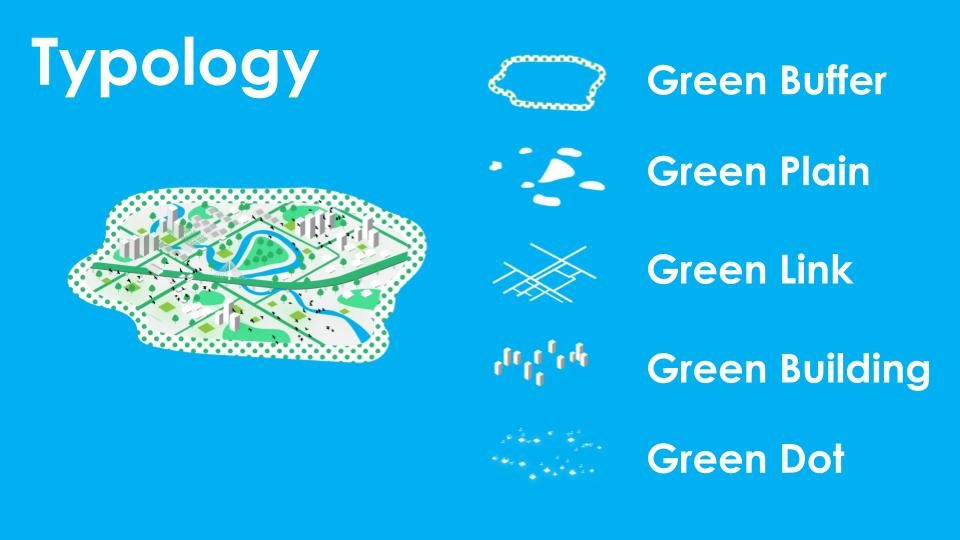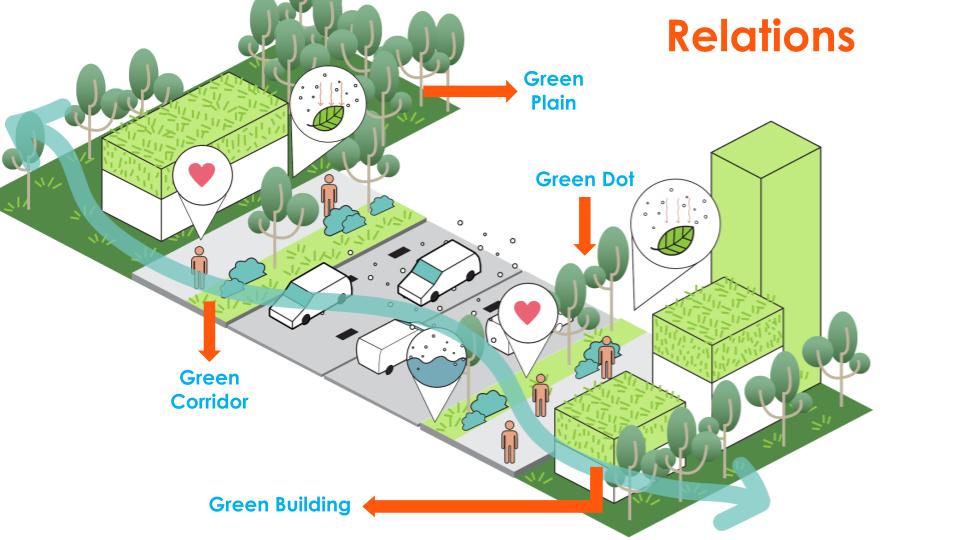In the future speculation, 2050 is the year that will mark the tipping point of our ecology if we can’t work together to come up with a solution to reduce the greenhouse gas emission with the goal to bring the world temperature to below 2 degrees Celsius. In order to cope with the ongoing challenges and the declining health of our planet, we need to fully understand the roots of the problem, then come up with viable solutions and strategies.
.
Since the beginning of our urbanization, while humans have been advancing in technologies, we at the same time, are contributing to the downfall of climate change. Many cities around the world pose different areas of threats via the emissions that we produce, either from constructions of infrastructure, the consummation of power plants and electrical industry, the several combustions from industrial factories, or at the very least, transportation. These factors combined together can contribute to a great number of emissions that are dangerous to our atmosphere. The IPCC scientists warn global warming of 2°C will be exceeded during the 21st century. At 2°C of global warming, heat extremes are more likely to reach critical tolerance thresholds for agriculture and health. Therefore, we need to start transforming these grey infrastructures into green spaces. Through the process of creating green spaces, we would be able to develop in a way that increases our resilience capability and reduces our vulnerability to climate change. Once we induce these adaptive tools, we will be able to see the changes in our environment, social, and economic structure.





